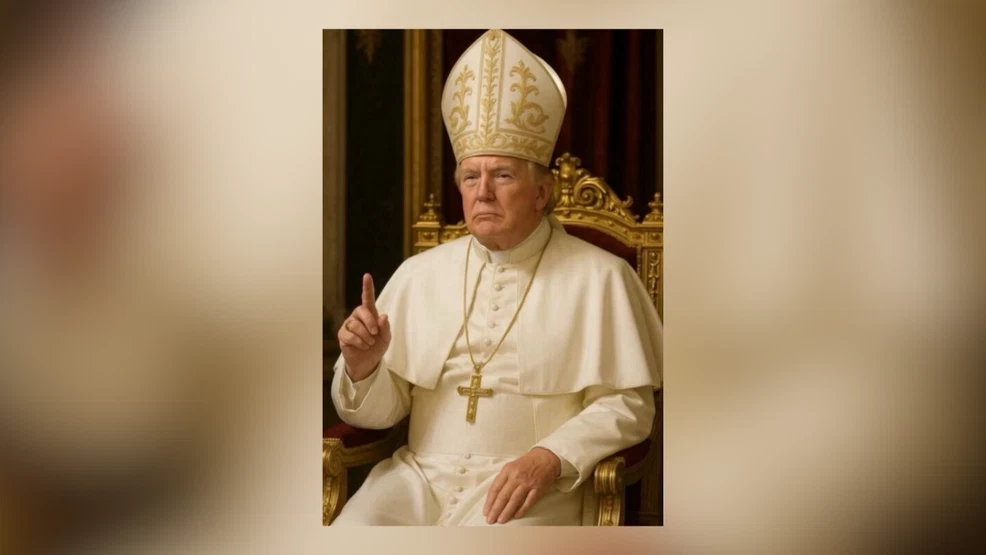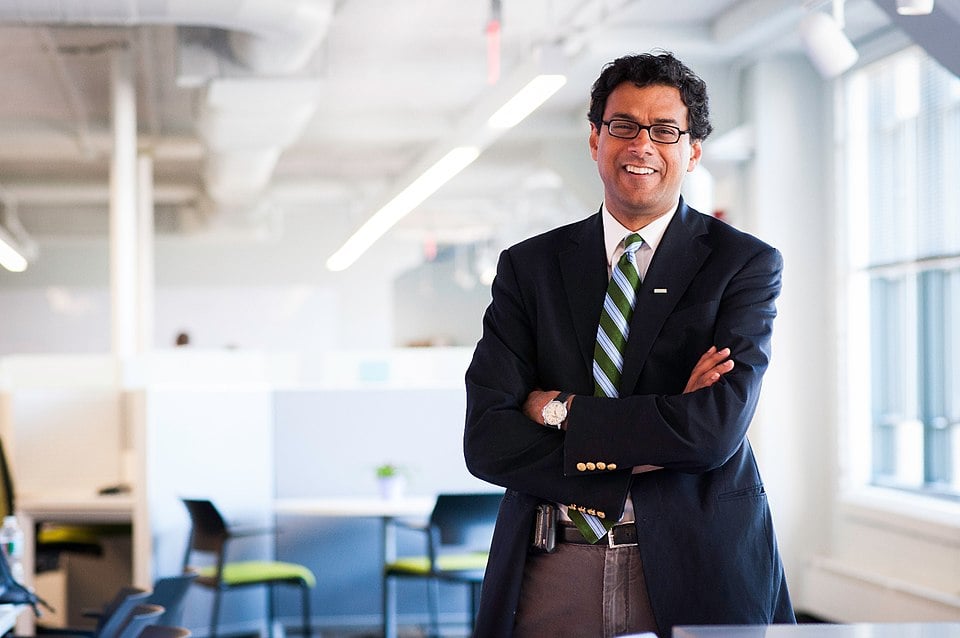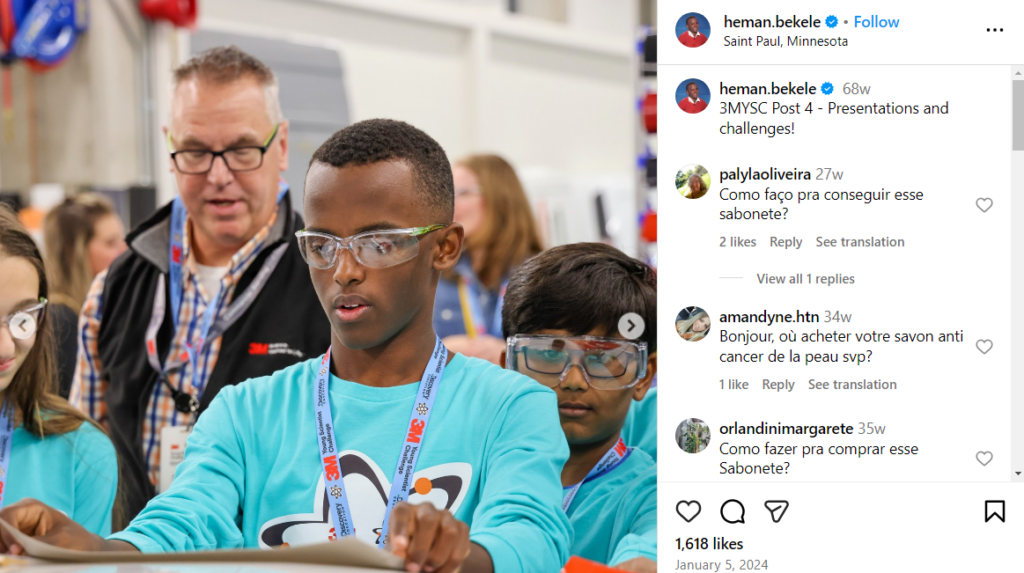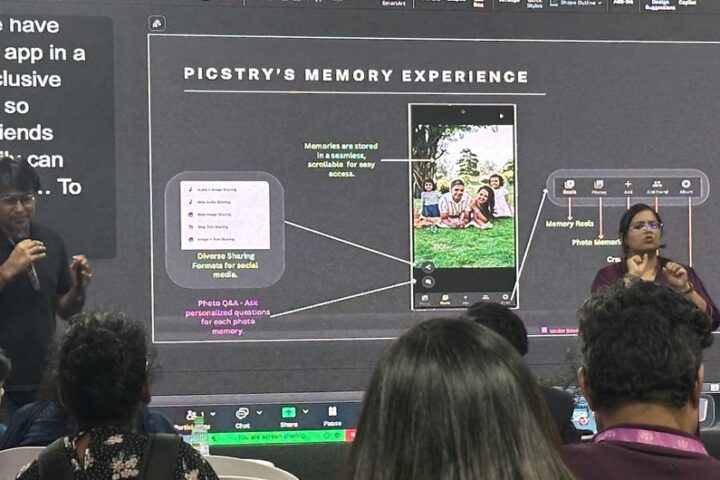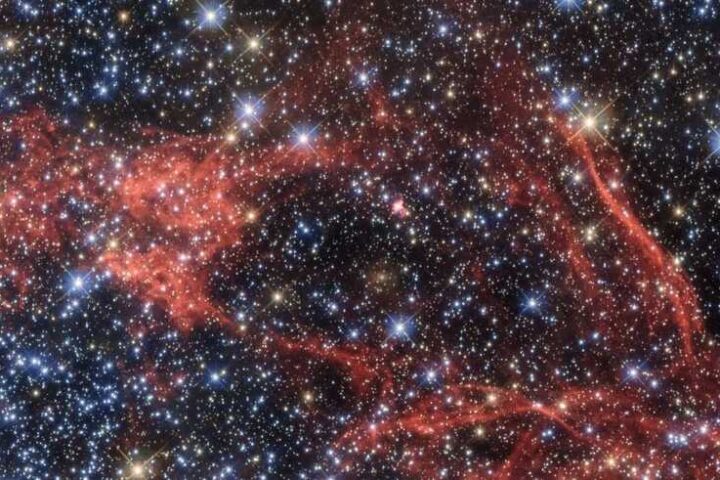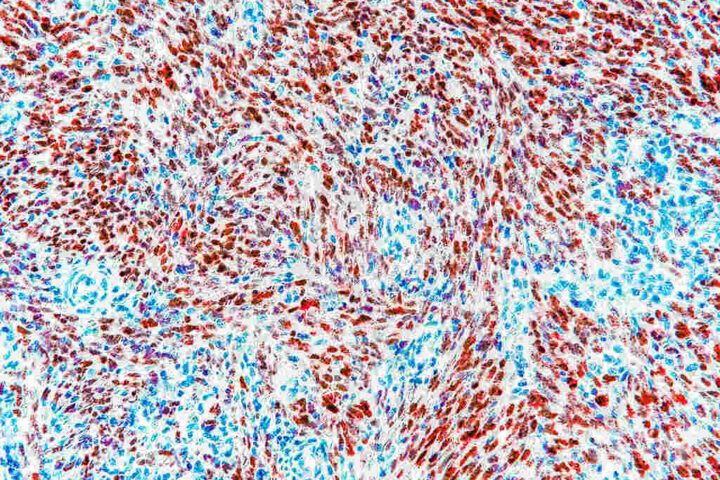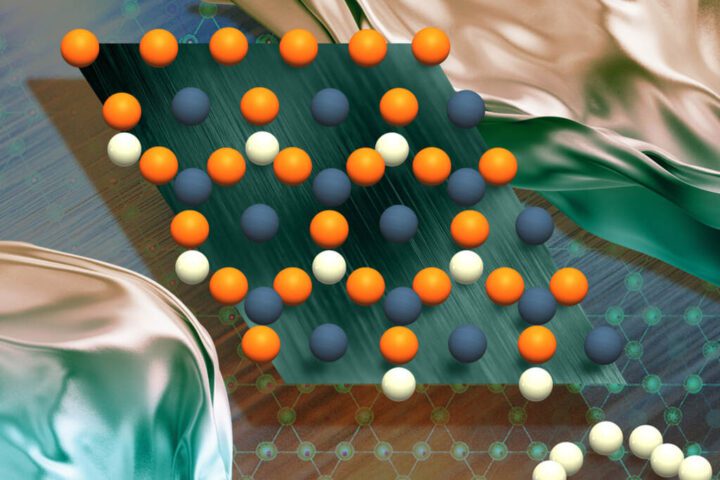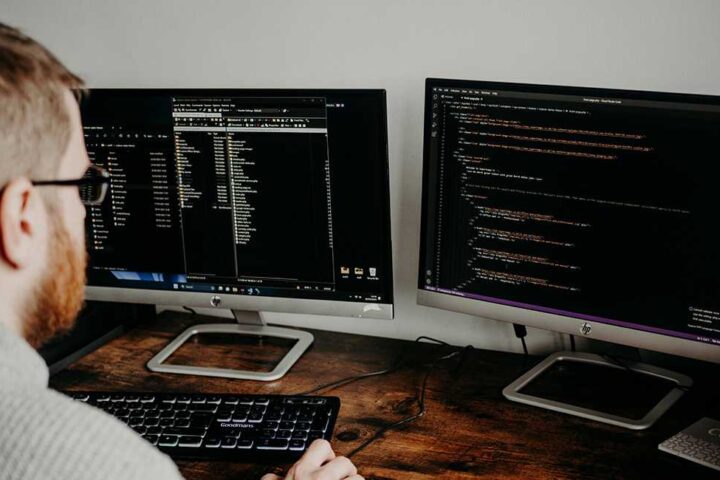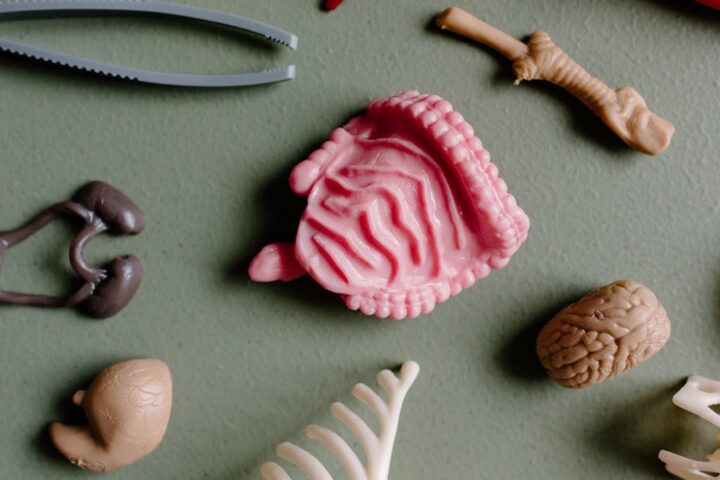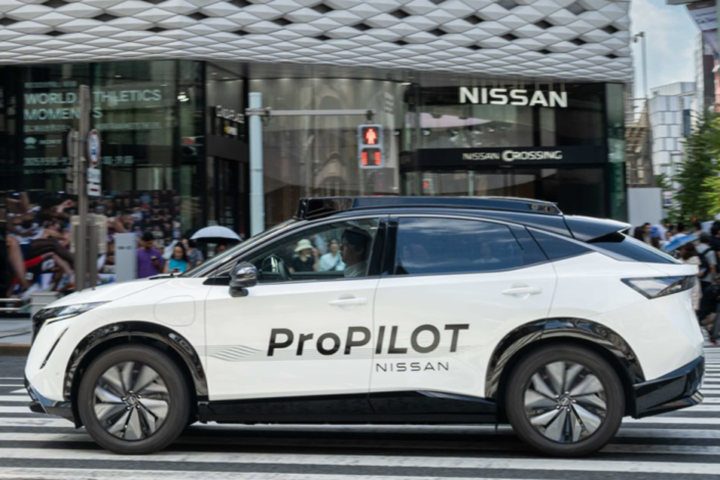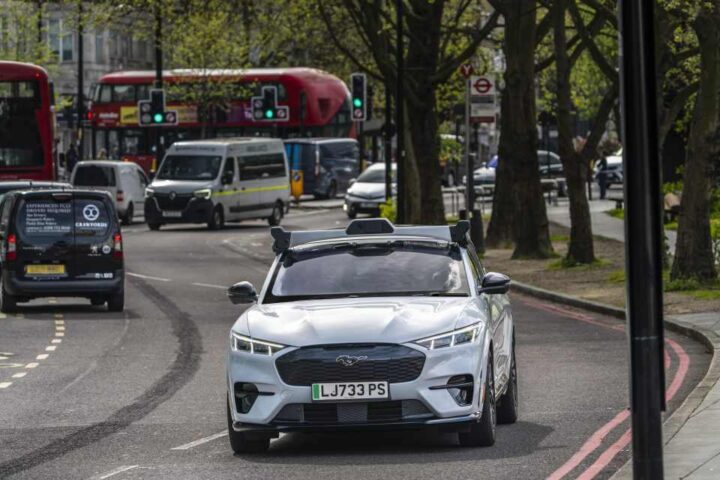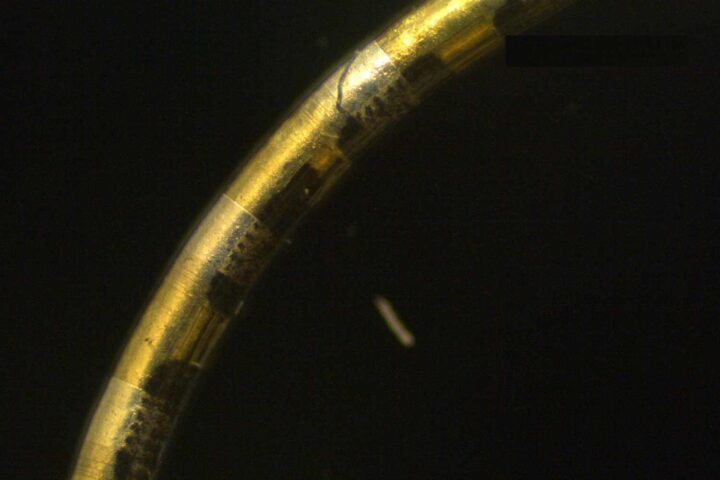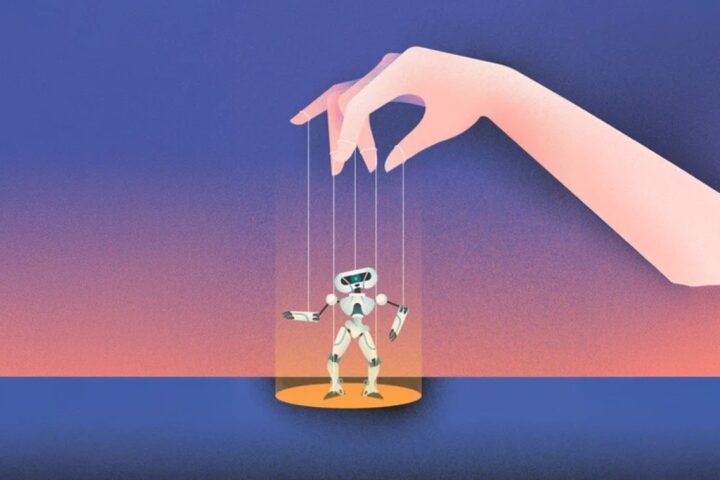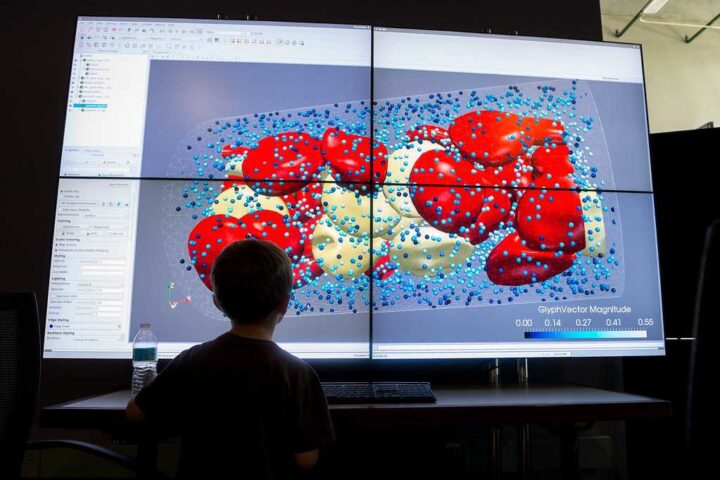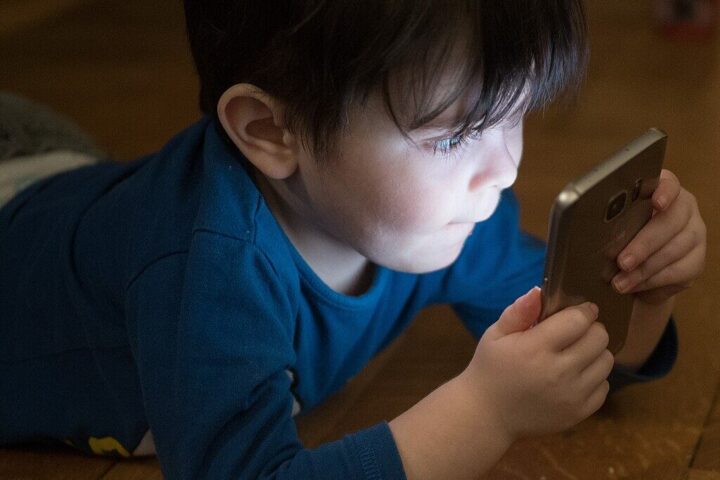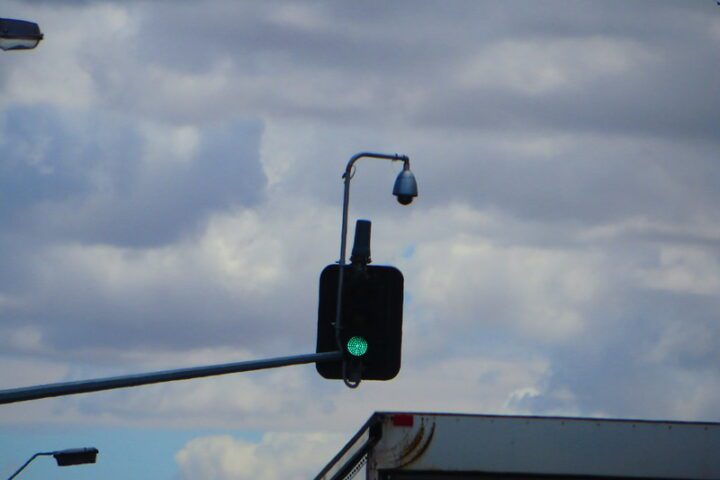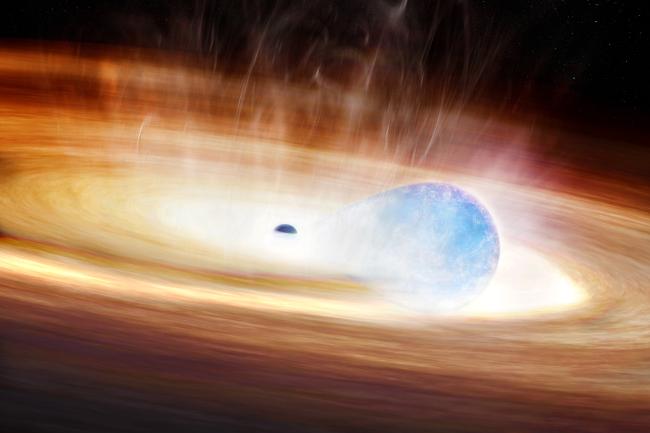The digital age collides with sacred tradition as President Trump’s AI-generated image depicting himself as pope ignites controversy during a sensitive moment for the Catholic Church. This computer-created picture appeared on Truth Social as cardinals prepare for the solemn May 7th conclave to elect Pope Francis’s successor.
“By publishing a picture of himself masquerading as the Pope, President Trump mocks God, the Catholic Church, and the Papacy,” declared Bishop Thomas J. Paprocki of Springfield, Illinois, invoking scripture: “Make no mistake: God is not mocked” (Galatians 6:7).
Cardinal Timothy Dolan of New York called the image a “brutta figura” (an embarrassing act), though he stopped short of demanding an apology.
The New York State Catholic Conference didn’t hold back: “We just buried our beloved Pope Francis and the cardinals are about to enter a solemn conclave… Do not mock us.” (AP News)
Trump’s allies frame the image differently. Vice President JD Vance, a Catholic convert, responded: “As a general rule, I’m fine with people telling jokes and not fine with people starting stupid wars that kill thousands of my countrymen.”
The timing couldn’t be more significant. On May 7 at 16:30 CET, 133 cardinal electors—exceeding the traditional 120-person cap—will take their oath in the Sistine Chapel and begin the process of electing the 267th Roman Pontiff. Earlier that day, a special Mass Pro Eligendo Pontifice will be celebrated at St. Peter’s Basilica, seeking divine guidance for this momentous decision.
This artificial intelligence creation raises serious technological questions. Experts note deepfakes now achieve over 95 percent realism, blurring the line between authentic imagery and digital fabrication.
The image also surfaces diplomatic complexities. U.S. ambassadors to the Holy See follow strict State Department accreditation protocols when presenting credentials to the Vatican Secretary of State, and the appropriation of papal imagery in official channels raises questions about diplomatic norms, though no formal challenge has emerged.
Public opinion data reveals political-religious divides: a Pew survey from April 28 found 51 percent of White Catholics approved of Trump’s job performance, compared to 40 percent approval among U.S. adults overall. Meanwhile, #PopeTrump trended among the top 50 global hashtags on May 3, generating over 70 million views online.

The controversy connects to a complex history. Pope Francis had previously criticized Trump’s border wall proposal in 2015, saying: “Anyone who only wants walls, not bridges, is not a Christian.” Trump attended Francis’s funeral on April 26, just days before the contentious image appeared.
This digital controversy highlights how AI technology now intersects with centuries-old religious protocols and symbols. As 1.3 billion Catholics await their new spiritual leader, this incident demonstrates how instantaneous digital creation can impact real-world diplomatic, religious, and political relationships.
